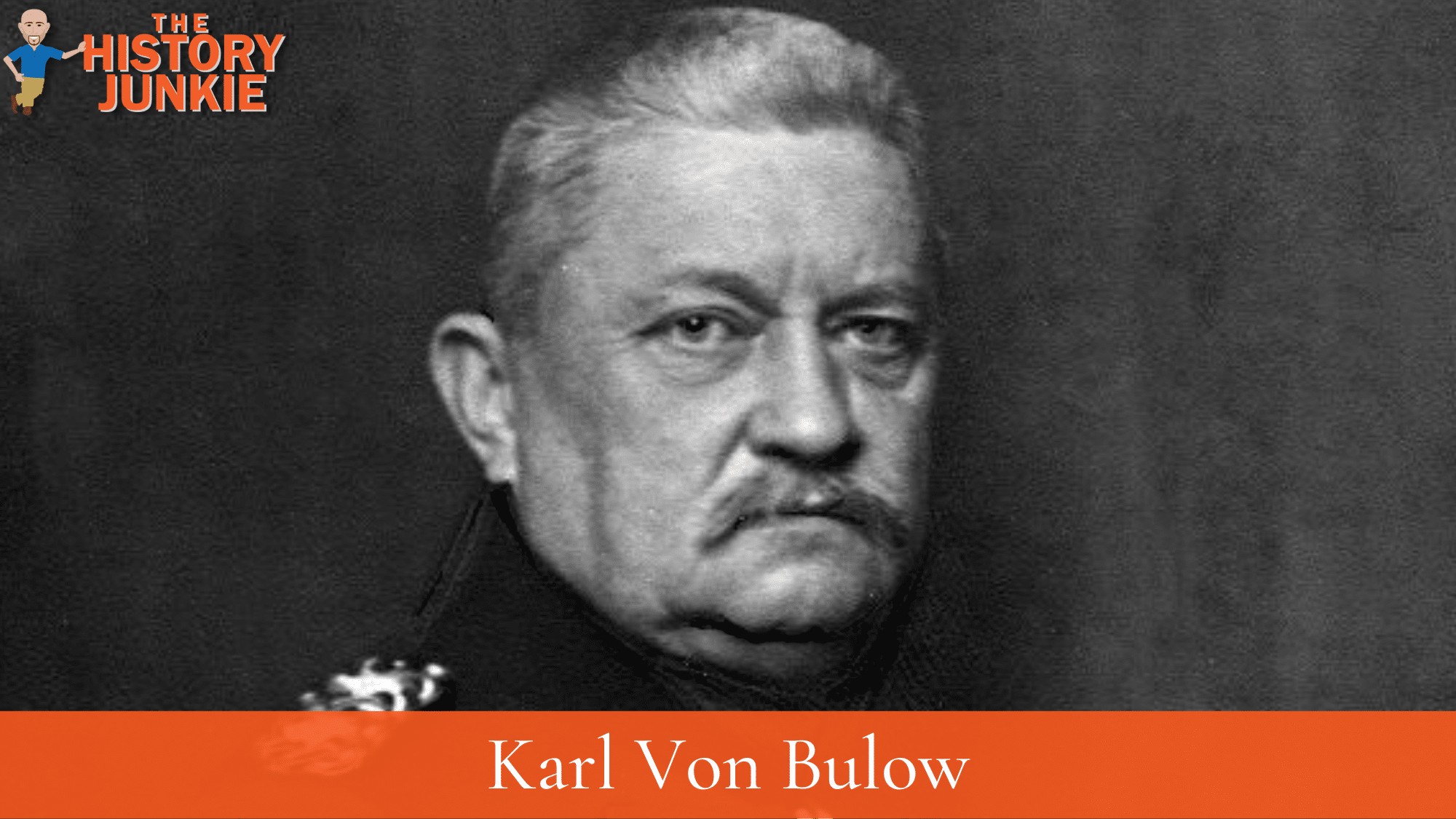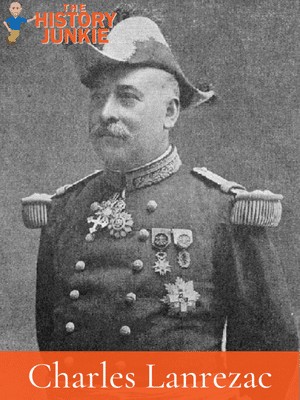As at Liege, the city of Namur had been fortified between 1888 and 1892 under the direction of military engineer Brialmont with the construction of a ring of forts around the city. It was believed that the forts, accompanied by the deployment of infantry, would protect the Sambre and Meuse Rivers against German invasion.

The forts stood some five miles from the center of the city, nine in total. The forts were linked, as at Liege, by trenches and barbed wire, although the condition of these was not ideal.
Jump to:
With the fall of Liege on August 16, 1914, the German Second and Third Armies, led by Karl von Bulow, turned their attention to Namur.

Background
In theory, the capture of Namur ought to have been easier than at Liege: the garrison was low on morale, ammunition, and, most critically, manpower.
At its best, Namur was garrisoned with approximately 37,000 men, against which was arrayed at least 107,000 German troops.
The garrison at Namur, held by the right wing of the Belgian army under 4th Division's Michel, intended to hold out until the arrival of French Fifth Army forces stationed across the River Sambre to the southwest.
The Fighting
Following a day of probing attacks upon Fort de Marchovelette on August 20, Karl von Bulow's Second Army began firing upon the forts in earnest on August 21.
In part to divert the French Fifth Army away from the forts, the bulk of the German Second Army launched an attack on the French at Charleroi.
The strategy was successful: only one regiment of infantry from the Fifth Army, the 45th Brigade, was dispatched to assist with the defense during the siege of Namur.
The Germans decided to repeat their earlier success at Liege by bombarding the forts with heavy artillery, including the powerful Big Bertha gun (a 420mm siege howitzer).
Two days after von Bulow had launched his assault, Namur was close to collapse on August 23.
The decision was taken to evacuate Namur that day, with German forces entering the city in the evening.

The last of the forts fell soon afterward.
Upon hearing news of the fall of Namur, General Charles Lanrezac ordered a withdrawal from the Sambre at Charleroi.
